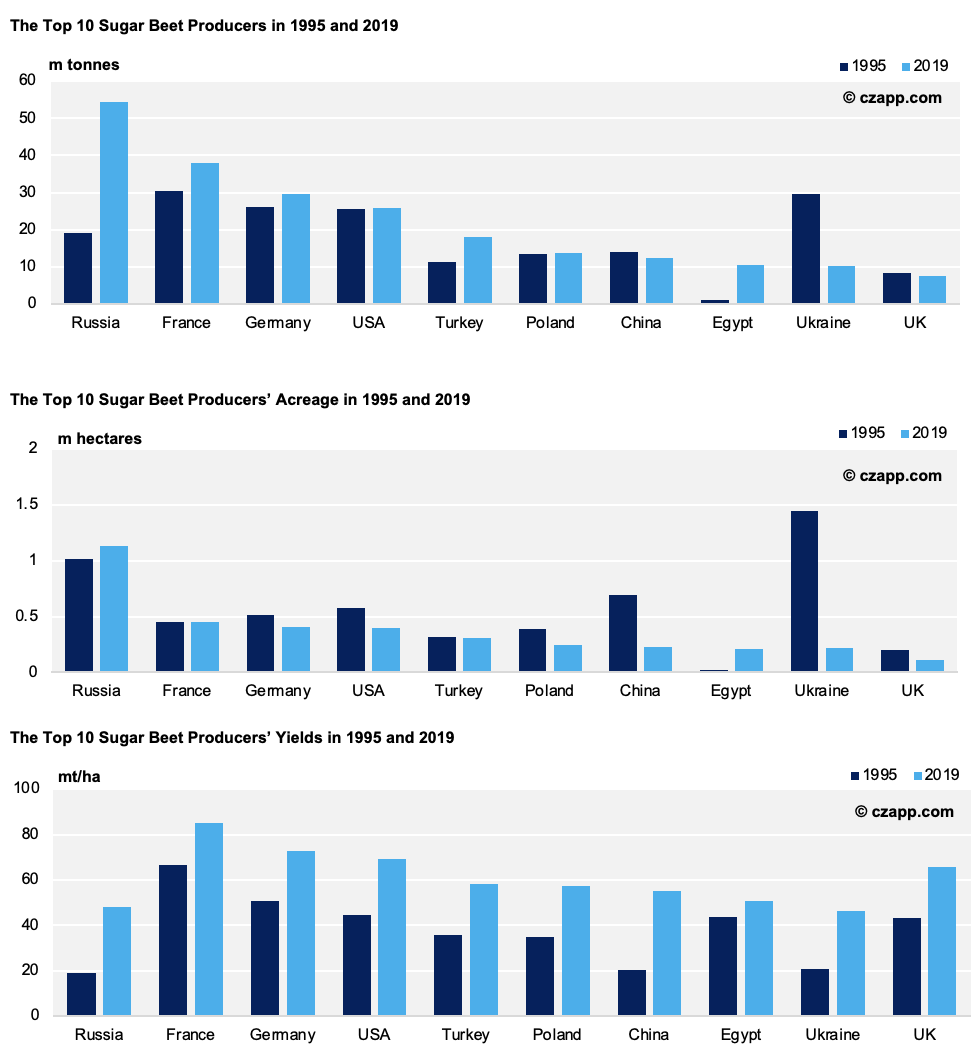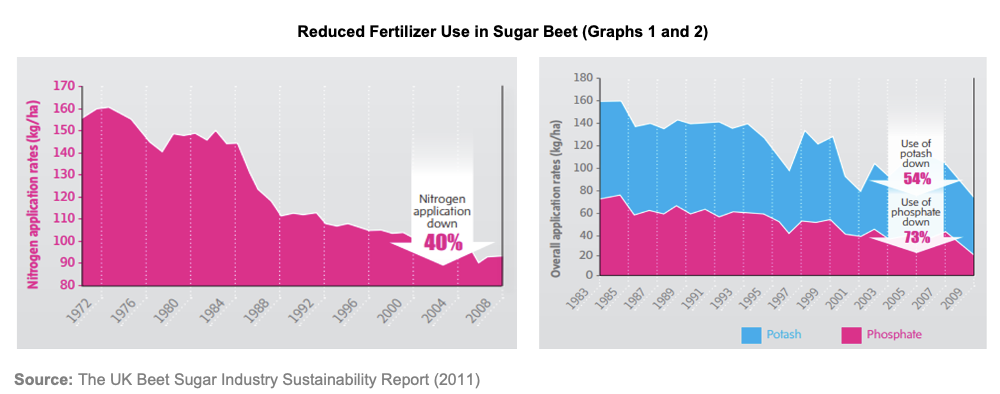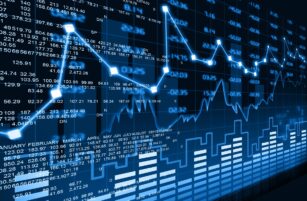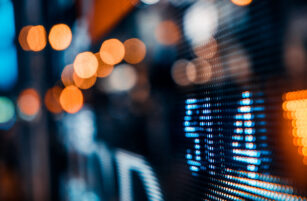- We recently discussed Sustainable Intensive Agriculture (SIA) in the context of sugarcane.
- We now consider sugar beet.
- Although around 80% of sugar production comes from cane, beet, in many ways, is a top candidate for SIA.
Why is Beet Such a Prime Candidate?
The charts below tell a remarkable story.

It’s a tenet of SIA that success can be measured by increased production from a reduced acreage, thereby freeing up that acreage for extra production. Ideally, crop inputs should either reduce or at least be more environmentally suitable as well.
In the case of every country in the charts above, irrespective of whether acreage has gone up or down, production has outmatched it. The reason can easily be observed by the huge increases in yield.
Each country has its own story to tell: land consolidation and inefficiency in Russia from the former USSR, introduction of GMO in the US, Egypt as a new entrant, etc. However, this doesn’t explain the likes of France, the UK and Germany. For that, we must dig deeper and both improved cultivation techniques and varieties feature prominently.
Sugar beet is also a valuable break crop for cereals and the beet tops are normally returned to the soil, providing valuable nutrients. This reduces nutrient needs in the next crop as a supplementary benefit. It’s also associated with a wide range of by-products such as animal feed and is widely used in Europe for bio-ethanol production (Map 1).

Input Level
Ah, I hear some detractors say, this extra production can be achieved by pumping up the crop inputs, especially with artificial nitrogen, causing more atmospheric and other pollution in the process. There’s plenty of evidence that this hasn’t happened and inputs have actually fallen.
Here’s an example from the UK, but it’s similar to many of the producer countries and there’s another important lesson here: they became early adopters of environmental measures and wasteful use of in-field products. Initial focus in the early 1990s had a significant component of reducing fertilizer and pesticides while improving yields. Experiments and advice were undertaken by the BBRO (British Beet Research Organisation) and supported by British Sugar and the National Farmers Union.

In the same time period, yields increased dramatically and acreage reduced.

Sugar beet now has the lowest nitrogen usage of any major arable crop in the UK, including cereals, oilseed rape and potatoes.
There’s another important point, though. In most countries, the sugar beet processing industry provides high levels of support to the growers and they cooperate well. The processors’ factories have also made significant environmental progress in areas such as reduced water use and reduced CO2 and NOx emissions.
A similar type of arrangement exists between German processor, Nordsucker, and its research partners ARGE Nord, Nordic Beet Research-NBR, SJT and, at the Institute for Sugar Beet Research, IFZ, at the University of Göttingen (Germany). Graph 4 provides another more recent example than the British one.

This is an industry that shares information between partners and through interest groups such as Comité Européen des Fabricants de Sucre (CEFS), the International Confederation of European Beet Growers (CIBE), Institut International de Recherches Betteravieres (IIRB) and the World Association of Beet and Cane Growers (WABCG).
Not a Perfect Score
There’s one issue that the sugar beet industry globally is struggling to tackle: the use of neonicotinoids (imidacloprid, thiamethoxam and clothianidin). They have been used as a seed dressing to protect the plants from aphid-borne viruses that infect the crop in the autumn (Beet Yellows Virus).

The insecticides are known to be toxic to pollinating insects (especially bees), and are also a threat through leaching and runoff to many invertebrates. As a consequence, in May 2018, the EU banned their use. It hasn’t solved the problem. Post-Brexit, for the 2021 crop, the UK Government allowed for an exemption to be made in the event of a threshold being reached. The threshold was never hit, however, so the ban remained in place. The EU has also had so many derogations for emergency use (67 of them), that it’s barely a ban at all. It has also caused disharmony amongst EU member states as not providing a level playing field between them. In the US, a risks-based system has been developed, compared to the European hazard bases system, and that’s worthy of greater consideration.
In the end, it’s likely this innovative industry will find solutions especially through plant genetics. Other possibilities being explored include covering the crop with biodegradable plastic, although that would increase costs. In the interim, other methods must be found. This includes the 2021 British Sugar and NFU pilot sugar contract with a £12m, three-year, funding for a Virus Yellows Assurance Fund with compensation for yield losses. The scheme also has a futures-linked variable-price contract. In the UK, one foliar application of Teppeki (flonicamid), a neonicotinoid substitute, is approved up to the twelve-leaf stage of the crop, though timing is challenging. There are also some new VY resistant varieties becoming available and genetics and plant breeding may in the medium-term solve the problem.
Min/Zero Till
As with many of the arable crops we’ve discussed, sugar beet is increasingly grown without resorting to the plough. Early growth is slower, but final sugar yields are similar. Herbicide, fungicide and fuel costs are all reduced and importantly, for sandy soils, wind erosion of the soil is significantly less.

Other Opinions You May Be Interested In…














